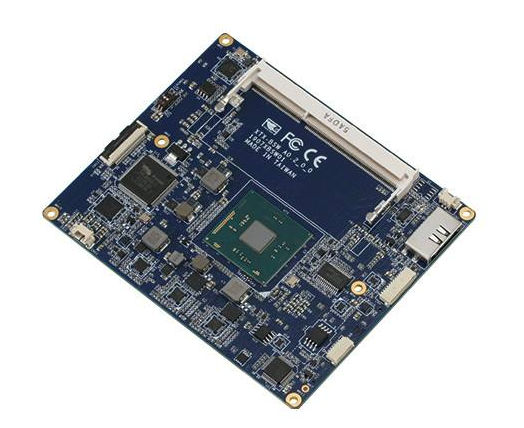What are the types of embedded processors?
The embedded processor is the core of the embedded system and is the hardware unit that controls and operates the system. The range is extremely wide, from the original 4-bit processor, 8-bit microcontrollers still in large-scale applications, to the latest 32-bit, 64-bit embedded CPUs that are widely favored.
Since the advent of microprocessors, embedded systems have developed rapidly. Embedded processors are undoubtedly the core of embedded systems. Embedded processors are directly related to the performance of the entire embedded system. Embedded processors are often considered the general term for computing and control core devices in embedded systems.

What are the types of embedded processors?
First, the embedded microprocessor (MPU)
The embedded microprocessor is evolved from the MCU in the general-purpose computer. It is the mainstream of the embedded system industry and still has an extremely wide range of applications. The typical feature of the embedded microcontroller is that it has more than 32 bits of processor, in addition to the internal integrated ROM / EPROM, RAM, bus, bus logic and other necessary functions and peripherals, embedded microprocessor value retention and embedded applications Closely related functional hardware ensures special requirements for embedded applications with power consumption.
Features: Need peripheral expansion circuit, higher processing capacity than microcontroller, strong addressing capability, multiple models, and versatility.
Representative products: ARM, Intel, National.
Second, the embedded DSP processor (DSP)
The embedded DSP processor is a processor dedicated to signal processing. It is specially designed for system structure and instructions, making it more suitable for executing DSP algorithms. The compilation efficiency and instruction execution speed are also greatly improved. DSP has achieved large-scale applications in various digital signal instruments such as digital filtering and FFT.
Features: high compilation efficiency, fast execution, and high real-time performance.
Representative products: TI's TMS320C2000/C5000 series, Texas Instruments' TMS320 series, Motorola's DSP5600 series.
Third, embedded microcontroller (MCU)
Commonly known as microcontroller, it is a micro version of the computer system. Embedded microcontrollers generally use a microprocessor core as the core. The chip integrates necessary functions such as serial port, I/O, pulse width modulation output, and bus logic. In order to adapt to different application requirements, in general, a series of single-chip microcomputers have a variety of derivatives, and the processor core of each derivative product is the same. Since the on-chip peripheral resources of the microcontroller are relatively rich and suitable for a simple control system, it is called an embedded microcontroller.
Features: full-featured, single-chip, small size, low power consumption.
Representative products: Intel's MCS-51/96 series, Motorola's 68HCxx series, and Microchip's PIC series.
Fourth, embedded system on chip (SOC)
Embedded system-on-chip is the product of the development of semiconductor technology, the promotion of EDI and the popularization of VLSI design. Its biggest feature is to implement a more complex system on a silicon chip. Like other embedded system peripherals, embedded system-on-chip is a standard component in VLSI design, which is beneficial for reducing product size, power consumption, and reliability.
Features: Highly integrated, highly reliable, and simple system.
Representative products: Philips' SmartXA series and Motorola's M-Core series.

